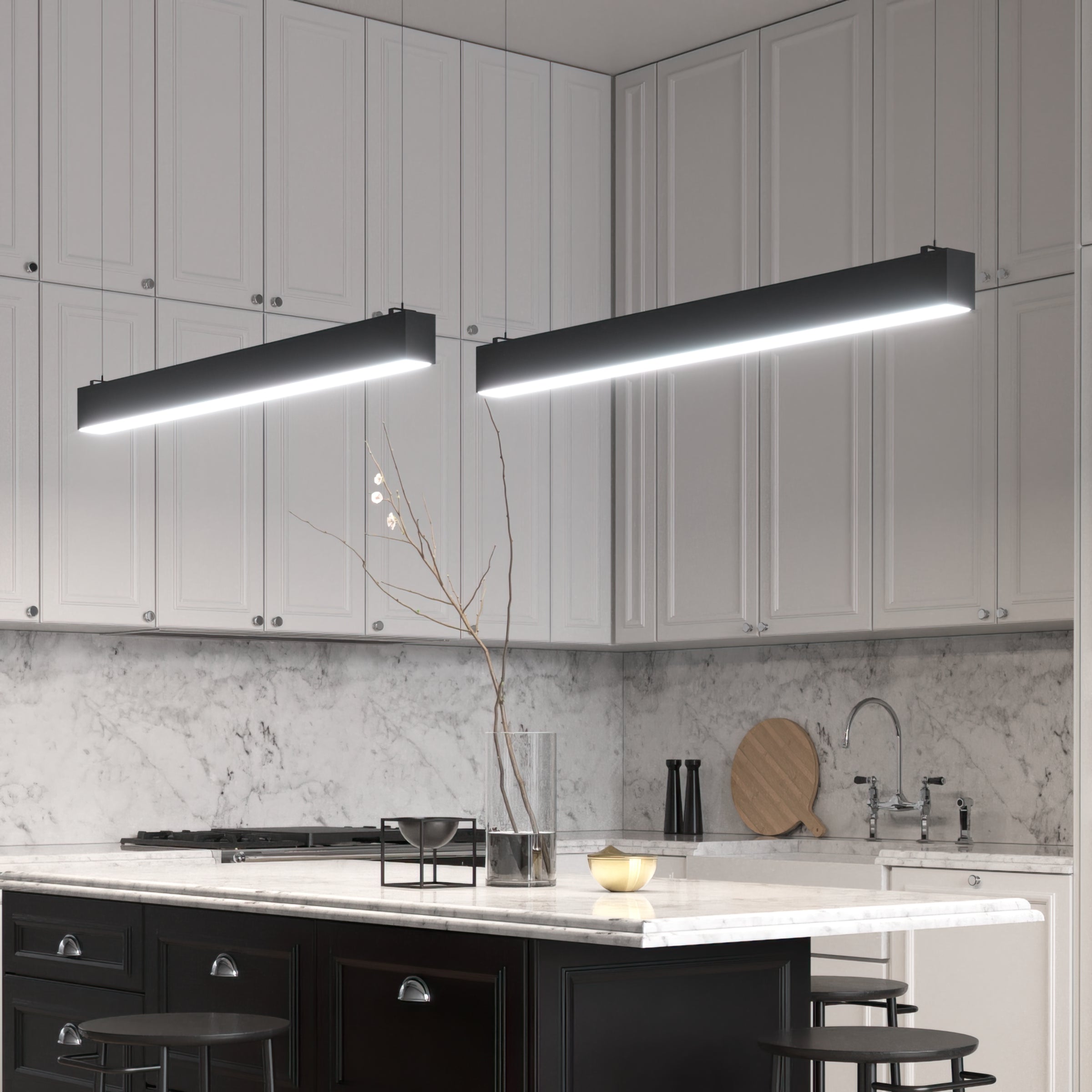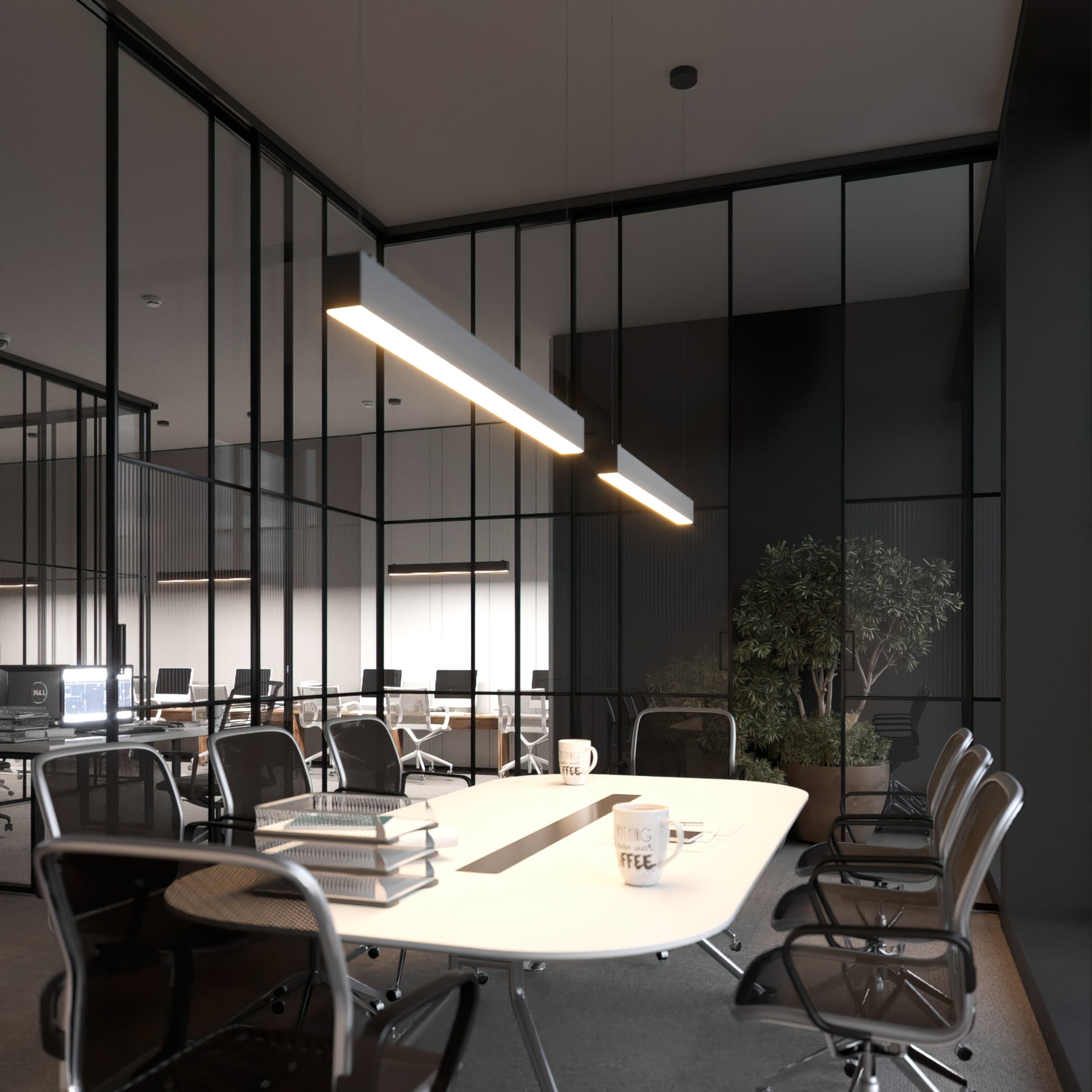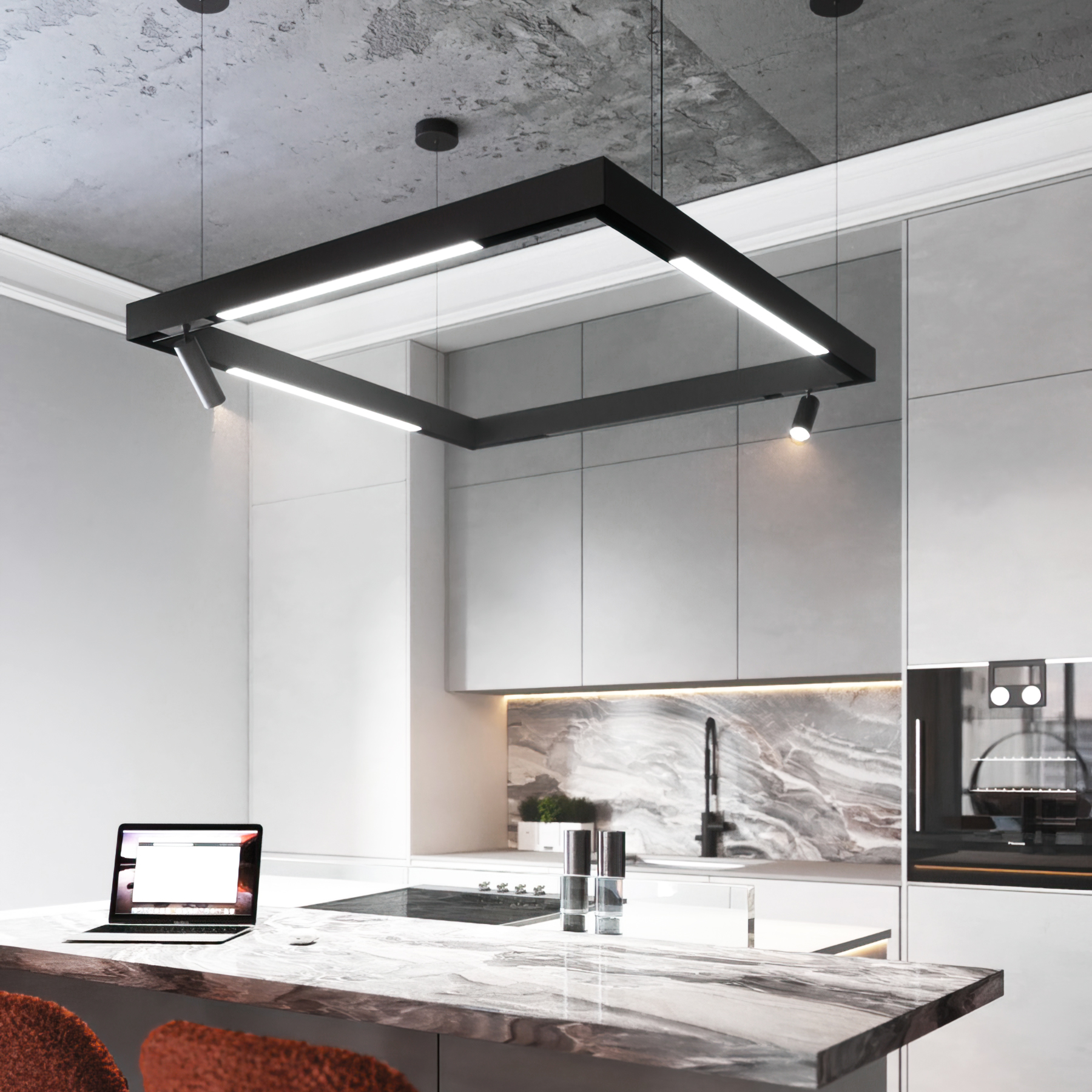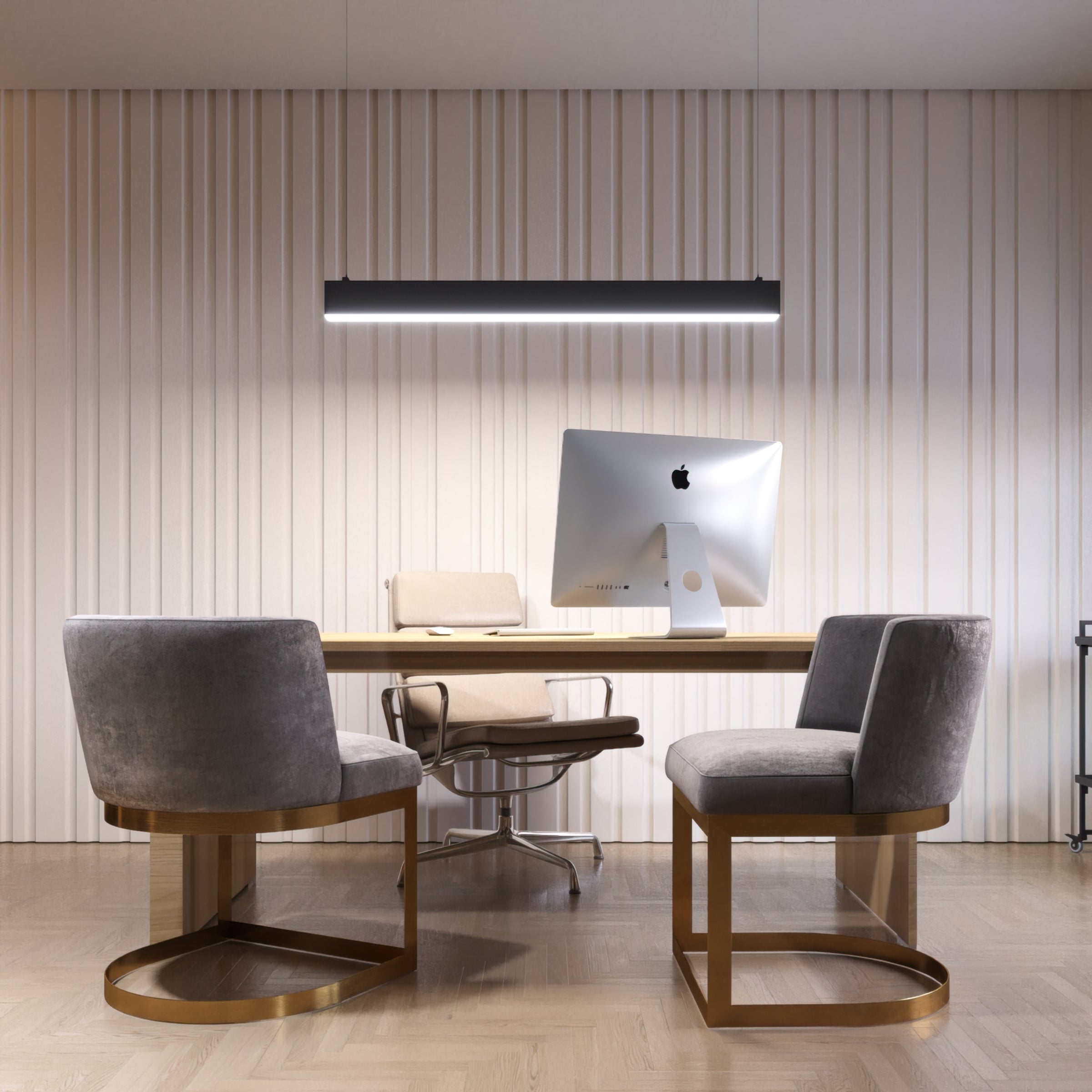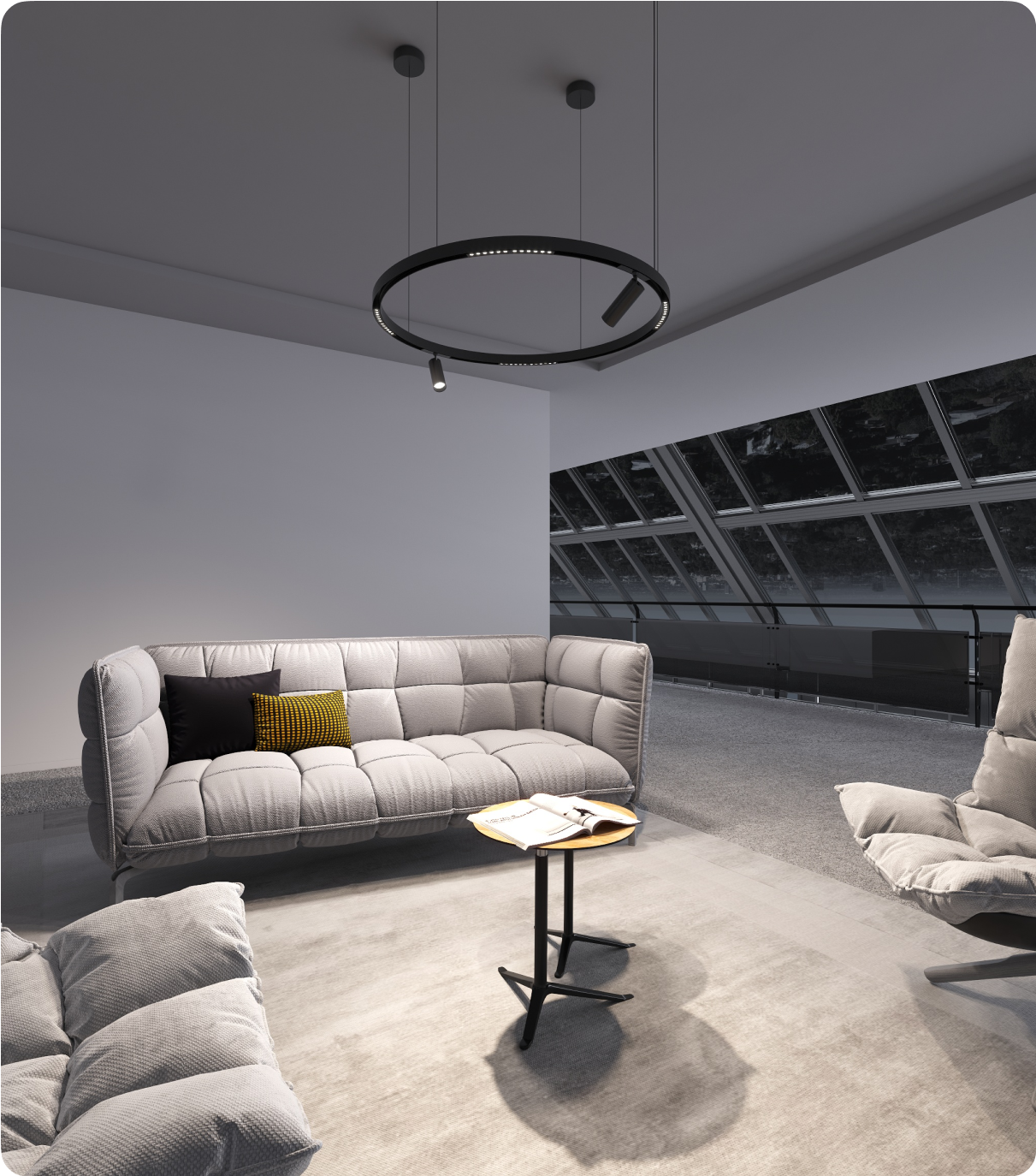Having proper lighting in our homes, workplaces, and public spaces is essential for our safety and well-being. The right lighting not only enhances visibility but also creates a comfortable and welcoming environment. However, it's important to remember that lighting can also pose certain risks if not used or installed correctly.
In this blog post, we will explore some essential safety tips for illuminating spaces. Whether you are setting up lighting in your home, office, or any other area, these tips will help you ensure that your lighting is not only aesthetically pleasing but also safe for everyone.
From choosing the right type of lighting fixtures to proper installation techniques, we will cover a range of important considerations. We will also discuss common safety hazards related to lighting, such as electrical issues and fire risks, and provide guidance on how to mitigate them.
By following these safety tips, you can create a well-lit environment that promotes productivity, comfort, and, most importantly, lamp safety. So, let's dive in and explore the essential steps to illuminate spaces wisely and safely.
Stay tuned for the upcoming sections, where we will delve into each safety tip in detail, ensuring that you have the knowledge and confidence to make informed decisions about lighting in any space.
What Are Short Circuits?
Short circuits are common electrical problems that occur when two points in an electrical circuit are connected when they are not intended to be connected. As a result of this connection, the normal resistance of the circuit is bypassed, causing the current to surge. Short circuits can occur for a variety of reasons, including damaged insulation, loose connections, or faulty wiring.
In the event of a short circuit, several potential hazards may arise. The biggest risk is overheating and electrical fires. Excessive current flowing through the circuit can generate heat, which can quickly escalate into a fire if left untreated. Short circuits can not only cause fires, but they can also damage electrical appliances, equipment, and even the entire electrical system.
Proper electrical installation and maintenance are crucial to preventing short circuits. This includes using quality wiring and electrical components, securing connections, and regularly inspecting the electrical system for any signs of wear or damage. It is also important to avoid overloading circuits by plugging too many devices into a single outlet or using extension cords excessively.
If you suspect a short circuit, it is essential to take immediate action. First, turn off the power supply to the affected circuit by switching off the breaker or removing the fuse. Next, identify and rectify the cause of the short circuit, either by repairing or replacing the damaged component or wiring. It is advisable to seek assistance from a qualified electrician to ensure proper and safe resolution of the issue.
What Causes Short Circuits?
Electricity Overload
The main and primary cause of a short circuit is an overload of electricity in the circuit. All other causes lead to this overload. When an excessive amount of electricity flows into a circuit, it can cause the circuit to burn due to high impedance. The resulting damage can lead to fires or blackouts, depending on the scale of the damage.
Worn Out Wires
Over time, electrical wires can deteriorate due to various factors. This deterioration can cause the wires to come into contact with each other, resulting in an unintended flow of electricity that leads to a short circuit. The extent of the damage increases with the size of the contact area.
Poor Connection of Wires
Improperly connected wires can cause an unstable flow of electricity, increasing the risk of a short circuit. These connections can be loose initially or become compromised over time due to factors such as abnormal movement or the presence of pests like rodents.
Contact with Water
Water is an exceptional conductor of electricity. When water comes into contact with a set of wires, it has the ability to conduct the electrical current, which can lead to unexpected outcomes. This can cause the electricity to behave erratically, resulting in a possible short circuit that cannot be avoided.
Lighting Safety Tips
- Before changing bulbs, allow lamps enough time to cool. This is especially crucial for incandescent bulbs, as they can produce more heat than light. Therefore, prioritizing the cooling of bulbs before handling them is essential.
- When replacing a bulb, it is important to avoid handling it with bare hands, as it can result in accidental burns if the bulb has not cooled down. There is also a risk of the bulb shattering, causing glass shards to end up in your hand. While changing bulbs, it is recommended to wear work gloves or use a cloth or towel to prevent this.
- Using a higher-wattage solution in a fixture that has a specified maximum wattage, such as using a 200W solution in a fixture specified for a maximum of 60W, can result in fixture failure, bulb breakage, and potential electrical damage.
- When choosing bulbs for your fixtures, it is important to use the bulb types specified for the fixture. While some fixtures may allow you to use different types of bulbs, most fixtures have a recommended bulb type that is best suited for optimal performance. For instance, you cannot simply replace a fluorescent bulb with an LED bulb unless the fixture has been retrofitted to accommodate LED bulbs.
- Installing a Ground Fault Circuit Interrupter (GFCI) is crucial for added protection in both outdoor and indoor lighting. GFCI is a highly important measure to prevent electrical shock accidents. If you choose to install a GFCI on your own, make sure to familiarize yourself with safety guidelines or consider hiring a qualified professional to handle the task.
- When dealing with a wiring issue that causes a light to flicker, ensure that you turn off the power completely. This includes both the switch and the breaker controlling the light.
- It is important to cover lights in heat-exposed areas to ensure light safety. For example, if a bulb that emits a significant amount of heat is used in a location with existing heat, it is recommended to protect the bulb with a cover. This precaution prevents the glass from shattering in the event that the bulb breaks under the pressure of the heat. Although rare, this accident can be unpleasant.
- Regularly inspect all lights to check for any signs of damage, such as loose connections or broken bulbs. It is important to replace damaged bulbs promptly to prevent the risk of fire in your home.
- Consider incorporating lamps in areas of the house that lack natural light if you have family members who spend their days in a dimly lit room. Lamps can not only create a cozy ambiance but also serve a functional purpose. Strategically placing lamps around their home can make reading easier for them. If your loved ones struggle to see their favorite book due to inadequate lighting, placing a table lamp near their preferred chair can provide them with a comfortable reading experience once again.
